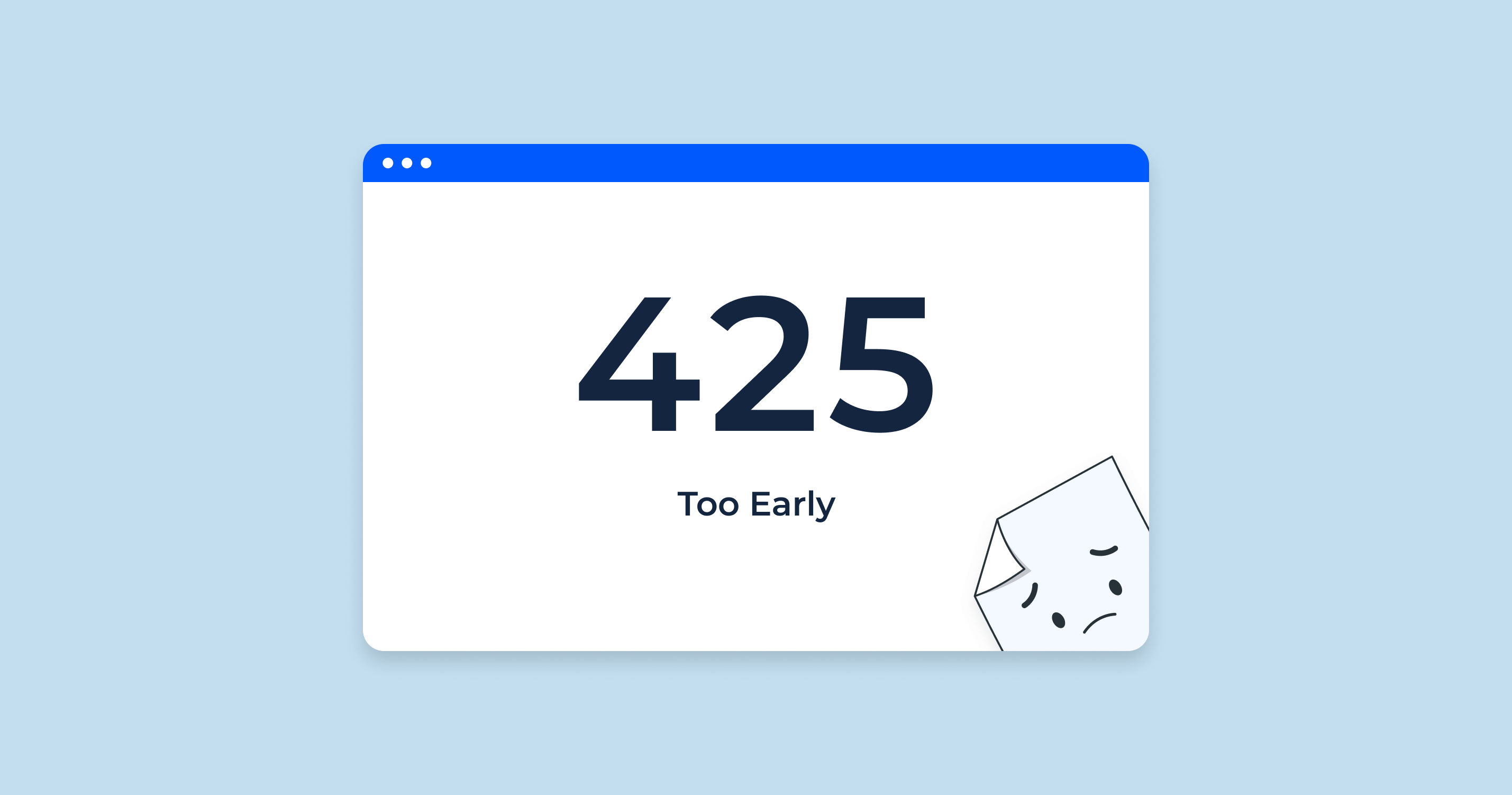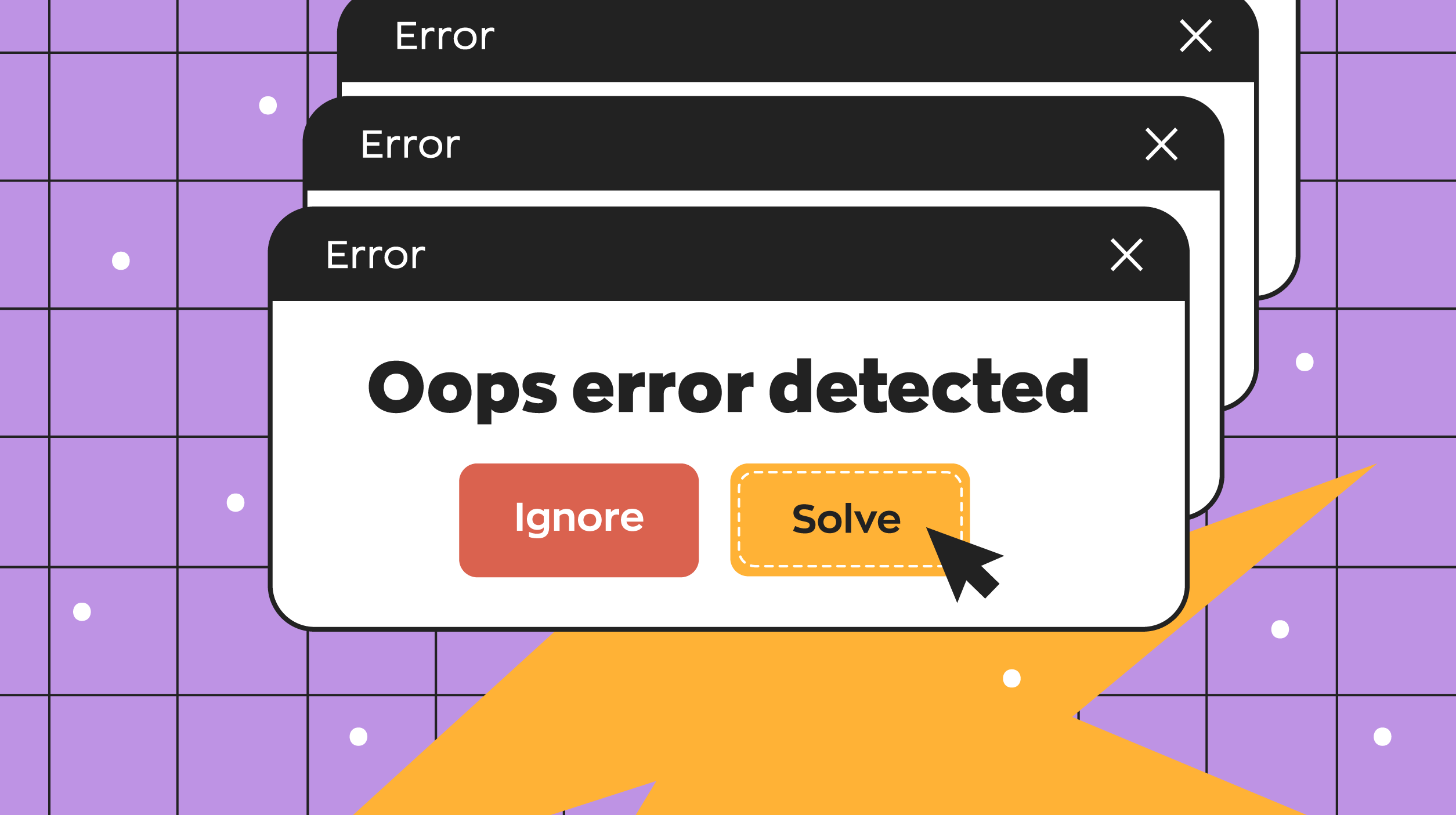Imagine you’re trying to make a quick transaction on your favorite financial app, and suddenly the screen jumps to an error code that makes your heartbeat quicken. This situation isn’t just frustrating; it can throw a wrench into your day. In this post, we’ll decode the unfamiliar world of error codes in FintechAsia, offering insights on what they mean and how to fix them, so you can get back to managing your finances seamlessly.
Understanding Error Codes in the Fintech Sector
Error Codes in FintechAsia play a crucial role in the fintech industry. But what exactly are they? In simple terms, error codes are alphanumeric strings generated by a system to indicate that something has gone wrong. Imagine them as warning lights on your car dashboard. Just like a blinking light signals the need for maintenance, error codes help pinpoint issues within financial transactions or software systems.
The Significance of Understanding Error Codes
Why should you care about error codes? For starters, understanding these codes can save you time and frustration. They can guide you towards finding solutions quickly. In the fast-paced world of fintech, every minute counts. By recognizing what each code means, you can act fast and resolve problems without unnecessary delays.
Common Types of Error Codes in FintechAsia
In FintechAsia, various error codes signal different kinds of issues. Here’s a quick rundown:
- Transaction Errors: These often arise when there are insufficient funds or incorrect account details.
- System Glitches: Sometimes, the software may experience a hiccup. These error codes indicate a problem with the platform itself.
- User Errors: Did you enter the wrong password? These codes reflect user mistakes and can be easily fixed.
Each type of error code carries its unique identifier, helping developers and users alike understand what needs to be addressed. The quicker the identification, the faster the resolution.
The Importance of Effective Identification
Why does the effective identification of these codes matter? Well, it directly affects your efficiency. Missed or misunderstood codes can lead to complex issues that snowball over time. For example, ignoring a minor system glitch can escalate, resulting in significant downtime or revenue loss. Similarly, small user errors can lead to repeated frustrations.
“Error codes are the digital equivalent of a road sign, guiding users through the complex landscape of financial technology.” – Fintech Expert
To navigate successfully through the intricate fintech ecosystem, it’s vital to understand and address error codes swiftly. The next time you encounter an error, remember: it’s not just a problem; it’s a message. Decode it, and you’re one step closer to a solution.
Common Error Codes You Might Encounter

Errors can pop up anytime. It can be irritating. However, understanding common error codes can make a huge difference. Here is a list of some common error codes and what they mean:
1. 404 Not Found
This error means the requested page doesn’t exist. Imagine looking for a specific book in a library, but it’s not there. A user named Ravi, a software developer, once encountered this while trying to access a project repository. He was frustrated. But, just by double-checking the link he clicked, he managed to resolve it quickly.
2. 500 Internal Server Error
This code indicates a problem on the server. It’s like your car breaking down in the middle of a road trip. You might remember Sara, a graphic designer. During a critical presentation, she faced this error. Her heart raced until the IT team rebooted the server a quick fix that saved her day!
3. 403 Forbidden
When you see this code, it means you don’t have permission to view the page. Picture this: you have a VIP ticket for a concert, but the bouncer won’t let you in. Alex, an event planner, faced this while accessing a client’s private documents. He simply needed the correct access rights, which his client quickly provided.
4. 503 Service Unavailable
This code shows that the server is temporarily unable to handle the request. To visualize this, think of a popular restaurant on a weekend night, packed with customers. A teacher named Mark experienced this during a crucial online resource hunt. He learned to check back later and found the materials he needed soon enough.
Implications for User Experience
Encountering these errors can lead to frustration, loss of time, or missed opportunities. For instance, a small business owner may lose a customer if their online shop shows a 404 error. It’s essential to solve these issues promptly, as user retention is often affected by such experiences. Quick fixes can turn disastrous moments into minor hiccups.
Real-Life Anecdotes and Quick Fixes
- Ravi’s 404 error taught him to always verify links sent from colleagues.
- Sara’s experience emphasized the importance of having an IT team on speed dial.
- Alex learned that user permissions must be confirmed ahead of time.
- Mark discovered the value of patience sometimes; things do get resolved!
Now that you have a better understanding of some common error codes, you can prepare for them in your online journey. Remember, knowledge can turn complications into manageable situations!
How to Troubleshoot Error Codes Efficiently

Encountering an error code can be frustrating. You’re in the middle of something crucial when suddenly, a message pops up. What does it mean? How do you fix it? Let’s break it down. With a step-by-step troubleshooting guide, you can tackle these issues with confidence and efficiency.
Step-by-Step Troubleshooting Guide
- Identify the error code: Take a moment to note the exact error code. Keep it handy.
- Research: Use a search engine to find out what the error code means. Websites dedicated to troubleshooting can be very useful.
- Check for quick fixes: Simple solutions can often resolve the issue. Restarting the device or checking your internet connection can sometimes work wonders.
- Gather more data: If the problem persists, collect more details: when did it occur? What were you doing at the time?
- Apply potential solutions: Try different solutions suggested in your research. Always follow the instructions closely.
- Evaluate the results: Did the error resolve? If not, document what you’ve tried.
It’s essential to focus on gathering information before attempting to fix any problem. The more details you have, the easier it becomes to spot a solution. Think about it: what you understand about the issue could make all the difference. This concept applies to life too, right? Wouldn’t you seek out more info before making a big decision?
Improve Your Tech Skills
Improving your tech-savvy skills can be a game-changer. Here are some tips:
- Stay updated: Follow tech blogs, forums, or podcasts.
- Practice: Regularly trying out new software can give you hands-on experience.
- Ask questions: Don’t hesitate to ask more experienced users for help or clarification.
When to Contact Support
Sometimes, despite your best efforts, the issue remains unsolved. It’s then advisable to contact customer support. Remember to do this after you’ve tried the steps above. You’ll have valuable information ready to share. This shows you’ve made an effort. It positions you as a knowledgeable user.
Also, keep calm during tech issues. Getting frustrated usually just adds to the problem. Take a deep breath. Keeping composure helps in analyzing the situation with a clear mind.
Utilizing Community Support
Don’t forget about community forums or user groups. These can be fantastic resources for troubleshooting. You might find someone who has the same problem you have. Engaging with others can lead to quick solutions. As said by a Tech Advisor,
“A well-informed user can double as a customer support agent when it comes to troubleshooting.”
Being part of a community provides insights that you may not find elsewhere. So, take advantage of collective knowledge!
Case Studies: Error Code Resolutions in Action

Error codes can be a real headache, especially in the fast-paced world of fintech. But what do they mean? How can you fix them? Let’s dive into some compelling case studies, showcasing the power of effective troubleshooting.
1. A Freelancer’s Payment Woes
Imagine you’re a freelancer like Maya, who relies on fintech apps to receive payments. One day, she encounters an error code that halts transactions. Frustrating, right? She quickly reaches out to customer support. What she discovers is a common issue tied to outdated app versions.
- Maya updates her app.
- She’s back in business, receiving payments smoothly.
This simple resolution illustrates the importance of regular updates. Not just for Maya, but for anyone using fintech services. Have you checked for updates lately?
2. The Investor’s Investment Issue
Then there’s Raj, an aspiring investor who found himself locked out of his account due to an error code. His account was tagged as suspicious after a failed login attempt. The solution? He needed to verify his identity.
- After a quick video call with support, his access is restored.
- Raj learns valuable lessons about security.
This experience opened Raj’s eyes to the importance of security measures in digital finance. Can you relate?
3. The Retailer’s Checkout Chaos
Now, let’s talk about Sarah, a small business owner facing checkout errors on her e-commerce platform. Customers were frustrated, and sales were dropping.
- After some digging, Sarah found that a plugin was interfering with payment processing.
- She disables the plugin, and the problem is solved!
Her store recovered, and sales bounced back quickly. This showcases a vital troubleshooting step: checking for app conflicts. Sometimes, the fix is that simple.
Share Your Stories
These examples reveal how varied backgrounds and experiences shape our interactions with fintech. Each individual found solutions to their unique challenges, and so can you. Have you experienced a similar issue? What was your resolution? Feel free to share your story in the comments below!
By highlighting these real-world cases, we see the positive outcomes that can arise through effective troubleshooting. Every error code has a solution, and understanding them empowers users in the fintech landscape.
When to Seek Professional Help

Have you ever faced a troubling error in a fintech app? It can be super frustrating. Knowing how to handle these situations is key. Sometimes, the issue can be resolved on your own. But what happens when it’s beyond your control? That’s when knowing when to seek professional help becomes critical.
Identifying When An Error Is Beyond Your Control
First, ask yourself: *Is this problem something I can fix?* If you find yourself confused or stuck after trying a few solutions, it might be time to reach out for help. Common signs include:
- The error persists despite multiple attempts to fix it.
- You receive unclear error messages that don’t make sense.
- You notice similar issues cropping up frequently.
When in doubt, trust your instincts. Ignoring persistent issues can lead to bigger problems down the line. Wouldn’t you rather tackle it now rather than wait?
How to Contact Support Effectively
When you’re ready to reach out for help, consider these tips:
- Be Prepared: Gather all relevant information before you contact support. This includes your account details, error messages, and what you’ve already tried.
- Clear Communication: Speak clearly and concisely. Use specific language and avoid jargon unless necessary.
- Be Polite: Remember, the support staff is there to help you. A little kindness goes a long way.
Don’t forget these vital pieces of information! They can make the process smoother and quicker. Keep a notebook or digital document handy to jot these down.
Advice on Documenting Your Issues
Documentation is critical for clear communication. Think of it as your evidence. When reporting issues, include:
- Date and time of the occurrence
- A description of the error
- Steps to reproduce the issue
By keeping records, you help support staff understand your situation better. If you’re frustrated, it might help to remind yourself of the Bigger Picture. As the saying goes, “A stitch in time saves nine.” Addressing small issues before they snowball is always smart.
Overall, seeking professional help doesn’t mean you’ve failed. It means you’re ready to take control of the situation effectively. Understand the support hierarchy as well! Knowing how to climb up the ladder in a fintech company can ensure that your problems get solved as quickly as possible.
By being proactive and organized, you increase the chances of getting the fast, effective support you need.
Future Trends: How Error Codes Will Evolve in Fintech

As we step into a rapidly advancing technological landscape, the role of error codes within fintech is changing. So, how will these transformations shape your experience? Let’s look at some key insights.
1. Technological Advancements in Error Handling
Technology is influencing how financial systems manage and communicate errors. Imagine if your banking app could not just report a problem, but also suggest fixes. Today, most systems simply show you a code. In the future, expect to see:
- Interactive error messages that guide you through resolutions.
- Systems that collect data on common user mistakes to provide tailored feedback.
2. The Growing Role of AI
Artificial Intelligence is changing the game. Think about how AI can analyze patterns in your interactions with a fintech platform. It’s not just about identifying problems; it’s about understanding them. What if AI could predict errors before they occur? According to an industry analyst,
“The future of fintech error management lies in proactive systems that learn from user interactions.”
This means fewer frustrations for you, as AI-driven insights will pinpoint issues and suggest solutions instantly.
3. User-Interface Improvements
Have you ever experienced frustration while navigating through layers of error codes? Future interfaces aim to resolve this. Here are some predictions:
- Simplified designs that focus on human-centric interaction.
- Use of visual aids to explain complex error messages.
Imagine a dashboard that highlights errors visually, making it easier to understand and address issues quickly.
Your Role in This Evolution
As we explore these advancements, your feedback matters. Think about the fintech tools you use. What error-handling features do you wish they had? Speculating on shifts in fintech user experiences is crucial. How might other industries, like healthcare or e-commerce, inspire innovation in financial error management?
In summary, the transformation of error codes in fintech isn’t just about technology. It’s about creating a smoother, more intuitive user experience that anticipates your needs. As these changes unfold, you can anticipate a future where managing errors is straightforward and even automated.
Conclusion: Making Sense of Error Codes
Understanding error codes in the fintech world can feel like learning a new language. You might have faced issues with transactions, login failures, or app crashes. The key takeaway here is that these error codes are not just random strings of numbers and letters. They serve a crucial purpose: to help you identify and troubleshoot problems quickly.
Throughout this blog, we’ve explored the major types of error codes you might encounter. From user-related issues to system glitches, it’s important to recognize which code indicates what. Embracing technology brings opportunities, but it also comes with its challenges. However, you can approach these challenges with confidence, knowing that understanding error codes can demystify a large part of the tech experience.
As you adapt to the ever-evolving landscape of fintech, remember that technology will continue to progress. Keeping up with the latest trends and innovations can be daunting, but it is crucial. Think of it like learning to ride a bike: at first, it may seem overwhelming, but the more you practice, the easier it becomes. Just as with bicycles, technology only becomes smoother as you learn to navigate it efficiently.
Do you have your own experiences with error codes? Your insights can be invaluable to this community. We encourage you to share your thoughts. How did you resolve your issues? Do you have any tips or tricks that made the process easier for you? This is a chance to engage and learn from each other, fostering a supportive space.
The importance of continuous learning cannot be overstated, especially in tech. Are there any resources you’ve found helpful? Perhaps a blog, a video tutorial, or even a forum? Let’s keep the conversation going! By sharing what you know, you help not just yourself but others who may find themselves in the same situation.
In summary, error codes should not discourage you. Instead, they can be your allies in navigating fintech. Embrace this technology, learn from every setback, and grow alongside these innovations. Each challenge is an opportunity for growth so take that leap!















